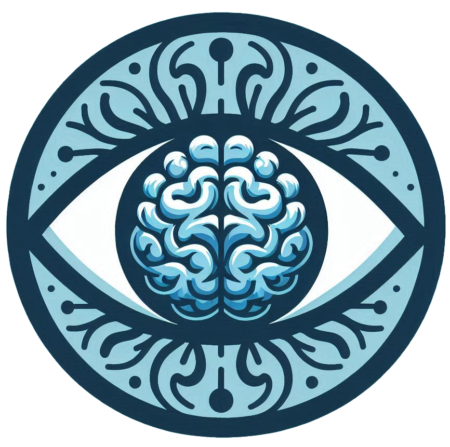- Visual Stress Defined: Visual stress, also known as asthenopia, describes a constellation of symptoms that occur due to prolonged visual effort. These symptoms include:
- Headaches
- Eyestrain
- Blurry vision
- Difficulty focusing
- Light sensitivity
- AC/A Ratio Imbalance: As explained earlier, a high AC/A ratio means the eyes converge excessively for a given amount of focusing effort. This imbalance disrupts the normal coordination between the focusing and teaming (eye alignment) systems.
- Stress on the Visual System: The excessive convergence in a high AC/A ratio creates strain on the muscles responsible for focusing and eye alignment. This ongoing effort to maintain focus, especially during near tasks like reading, leads to the symptoms of visual stress.
Understanding Individual Variations
- Not everyone with a high AC/A ratio experiences visual stress to the same degree.
- Other factors like individual visual health, pre-existing conditions, and overall efficiency of the visual system can influence the severity of symptoms.
Additional Considerations
- While a high AC/A ratio is a significant factor, it’s not the only cause of visual stress. Environmental factors (poor lighting, glare), screen time, and certain eye conditions can also contribute.
- A neuro-optometrist can assess your AC/A ratio, identify other potential causes, and recommend treatment options to address visual stress.
Treatments for Visual Stress:
- Vision therapy exercises to improve the coordination between focusing and eye teaming.
- Specially designed tinted lenses to reduce light sensitivity and improve visual comfort.
- Modifications to reading habits and screen time to minimize strain.
If you’re experiencing visual stress, consulting a neuro-optometrist for a comprehensive evaluation can help determine if a high AC/A ratio is the cause and establish an appropriate treatment plan.
